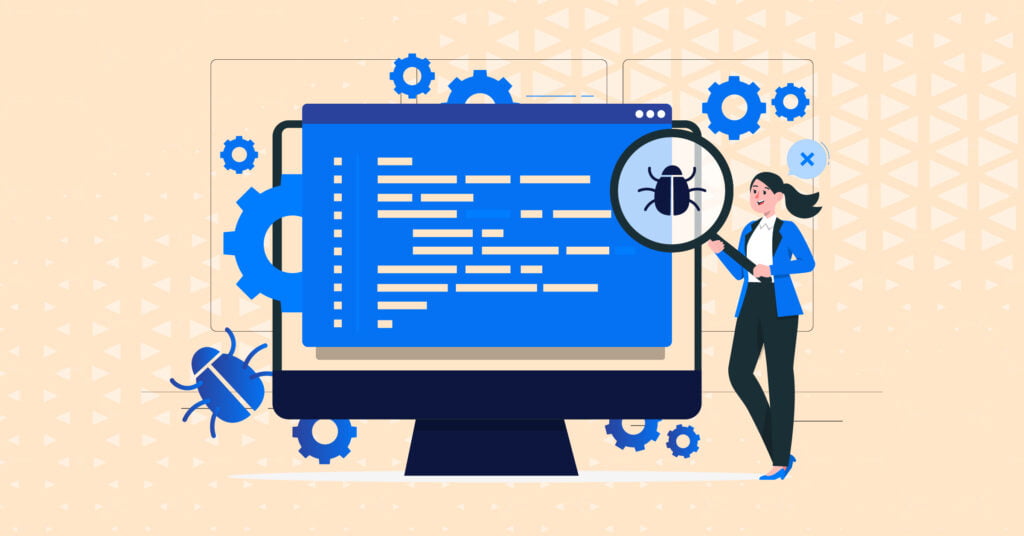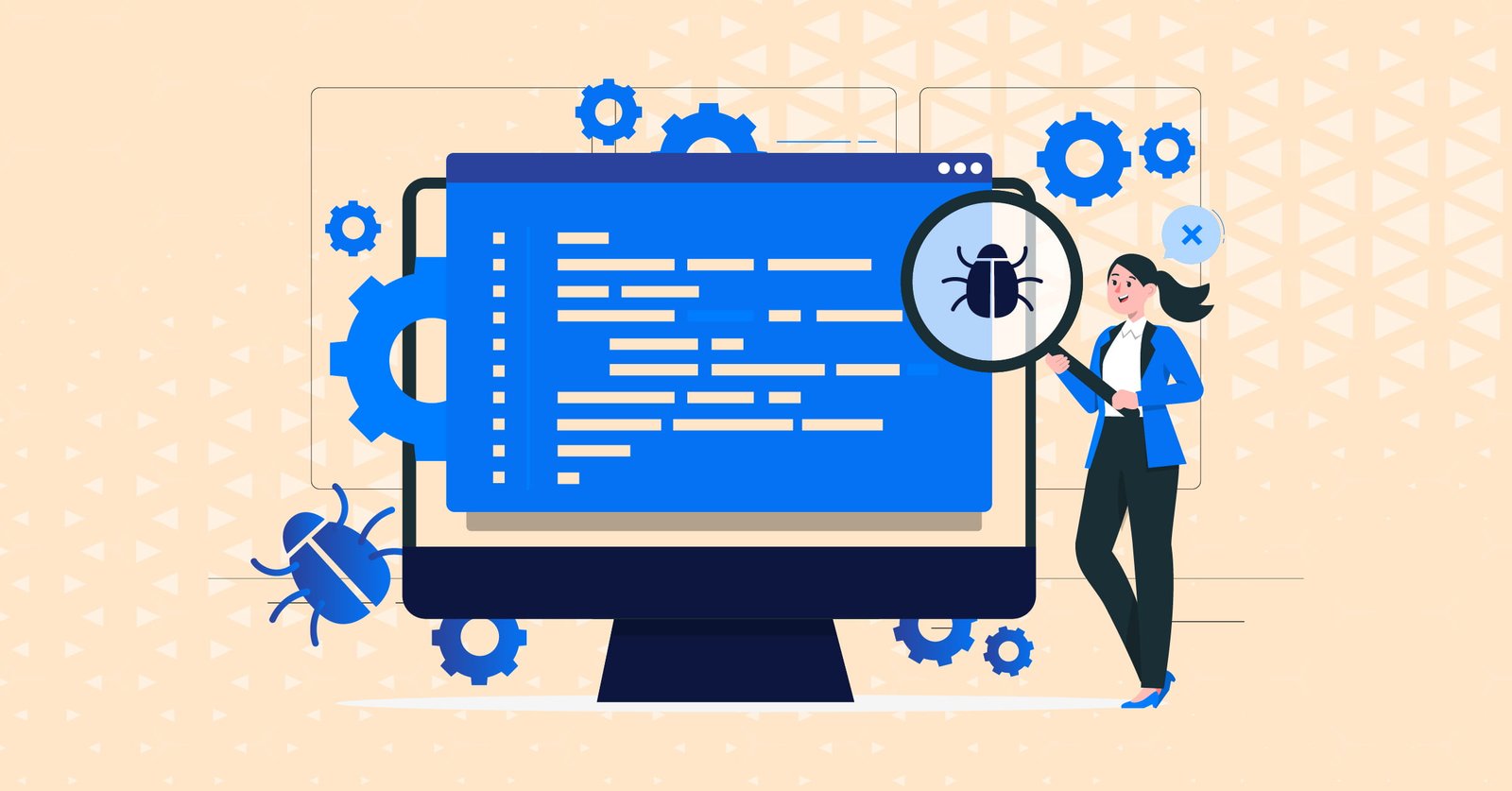
In our connected world, software reaches people from diverse cultures and languages. Standard testing isn’t enough for this. Developers use localization testing tools to ensure smooth user experiences worldwide.
Localization testing checks if the software works well in different regions and languages. It considers user preferences and cultural differences. This testing is vital to confirm the software’s adaptability. It is also for functionality for specific markets.
But what are the different types of localization testing tools? What are its benefits? Moreover, what are some popular tools? Let’s find out.
What are localization testing tools?
Localization testing is a crucial part of software testing. It ensures an application works perfectly for users in different countries and cultures. Additionally, it focuses on verifying the app’s content, language, and date formats. Moreover, it sees other elements are correctly tailored to match the preferences and expectations of various regions.
By conducting thorough localization testing, developers can create a more user-friendly experience. Furthermore, it enhances the application’s appeal and usability to a global audience. Now let’s head over to the advantages it offers.
What are the advantages of these localization testing tools?
Localization testing tools offer numerous advantages for software development teams. Especially for those looking to expand their software’s global reach. And also for those who ensure a smooth user experience. Let’s explore the key benefits of using these essential tools.
- Efficient localization process
Translation management systems (TMS) are helpful tools that make translation work easier. They gather all the translation tasks in one place. This allows teams to work together effectively. This streamlines and expedites the procedure overall. As a result, it delivers software in multiple languages quickly.
- Enhanced translation quality
Linguistic testing tools are used to make sure that translations are accurate. These tools check things like grammar, sentence structure, and regional terms. This also ensures that the software communicates effectively with users.
- Early detection of issues
Internationalization (i18n) testing tools are used to find possible issues. This is regarding global compatibility at an early stage. Moreover, they are like detectives who spot problems. This includes hardcoded strings and date formats that may cause trouble during localization.
- Visual validation of localization
Screen capture and screenshot comparison tools show how localized screens look visually. Developers can compare them to the original version. This is to find layout issues caused by different text lengths. Furthermore, this helps ensure a consistent and appealing user interface in all languages.
- Accelerated testing with automation
Automated localization testing tools make testing faster by doing repetitive tasks automatically. They can also test the software in different languages. Hence, this means less manual work and quicker testing. So developers can release software confidently to users worldwide.
- Cost and time savings
Localization tools are helpful because they make the localization process more efficient. They save time and money for development teams. By managing translations and using automated testing, the workflow becomes smoother.
Ending up this section here, now let’s take a look at the types of localization testing tools.
What are the types of localization testing tools?
Let’s explore different localization testing tools that help developers in global software delivery:
- Translation management systems (TMS)
Translation management systems make translation work simple. This is by managing and tracking tasks. They make collaboration among translators and editors possible. As a result, it ensures consistent quality. With the feature of version control, teams can track changes. They can also maintain translation history. Moreover, TMS tools ensure that the right content reaches the right audience at the right time.
- Internationalization (i18n) testing tools
I18n tools find problems early. They check code for issues in different languages and regions. These tools create a strong base for the smooth localization of software. Moreover, they help software adapt quickly to different languages and cultures. Hence, by fixing these issues early, developers save time and effort.
- Linguistic testing tools
These tools check translations for accuracy in grammar, syntax, context, and regional terms. They ensure software communicates well with users from different language backgrounds. Linguistic testing also guarantees that translated content is contextually accurate and culturally relevant. Hence, this creates a positive user experience.
- Screen capture and screenshot comparison tools
These tools capture translated screens and compare them to the original. They detect layout and formatting issues caused by different text lengths in various languages. By visually comparing screens, developers ensure the user interface looks visually pleasing. It also ensures it functions in all supported languages.
- Automated localization testing tools
Automated tools speed up testing. This is by automating repetitive tasks and testing in multiple languages. They ensure the software works flawlessly across different regions and catches critical bugs. As a result, development teams can deliver software to global markets faster.
So now, let’s look at some famous localization testing tools!
What are some famous localization testing tools?
In the fast-evolving landscape of software globalization, numerous localization testing company is using tools to meet the demands of developers seeking efficient localization solutions. Therefore, let’s explore some of the popular tools available in the market:
- Smartling
Smartling is a helpful translation management system (TMS) that makes translation easy. It has an interface for managing translation projects. Collaborating with translators and tracking progress is simple with Smartling. It also keeps translations consistent and saves time.
- Transifex
Transifex is a powerful TMS for translation management and collaboration. It helps organize resources and tasks for translators. With Transifex, you can get translations. in real-time and integrate with development platforms. Hence, this ensures a smooth workflow for translation management.
- Lingohub
Lingohub is an all-in-one platform for software, websites, and apps. It synchronizes files, making the transition easier for development teams—Lingohub’s visual. Context feature allows translators to see how translations fit into the user interface. As a result, this ensures accurate and relevant translations.
- Crowdin
Crowdin is a collaborative platform for managing translations. It includes helpful features like. Translation memory and glossary management to keep translations consistent. Crowdin also integrates well with popular version control systems. Hence this makes translation management smoother.
- Lokalise
Lokalise is a flexible tool that helps translate software, mobile apps, and websites. Furthermore, it can update translations automatically and sync with the latest content. Lokalise also offers API and integration options for smooth project management.
- Phrase
The phrase is a user-friendly platform for translating software, mobile apps, and websites. It has a simple interface for translations and allows reusing existing translations to save time.
Now let’s look at some of the best practices while implementing testing with these tools.
How can we integrate localization testing tools?
To achieve effective software globalization, developers should adopt an essential localization testing checklist. This is at the time of using localization testing tools:
- Implement tools early
Use localization tools in the development process from the beginning. Hence, this avoids last-minute surprises and challenges.
- Collaborate with translation teams
Work together with translators and get their feedback. Regular communication helps ensure that translations are accurate. It also considers language nuances and cultural preferences in it.
- Continuously test for updates
Keep testing throughout the software’s life. This helps maintain quality and also allows for updates in a timely manner.
- Use automation for faster testing
Automate testing to save time and effort. It allows testing in multiple languages. It also makes sure the software works well for users all over the world.
In summation
Localization testing tools are essential for successful software globalization. They simplify translations and collaboration, ensuring software is delivered promptly in multiple languages. With high-quality translations, developers can create a positive user experience for diverse audiences.
To ensure success, seeking help from experts is necessary. A localization testing company can guide you through the process and deliver flawless software. Moreover, by relying on experts, you guarantee a seamless software experience. Furthermore, they consider language and cultural preferences, ensuring user satisfaction.
Want to discover more stories and insights? Visit our blog for the latest updates and expert articles.







Leave a Reply